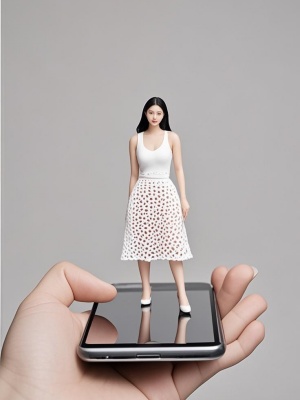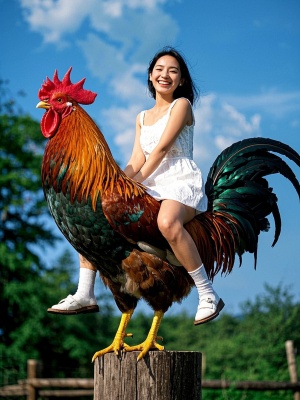Exploring the Diverse World of Digital Art Styles
Digital art has revolutionized the creative industry, offering artists limitless possibilities to express their vision. From hyper-realistic portraits to abstract compositions, digital art styles continue to evolve with technological advancements. This article explores the most popular types of digital art styles, their characteristics, and how they're transforming visual storytelling.
1. Vector Art: Precision and Scalability
Vector art remains one of the most versatile digital art styles, using mathematical equations to create crisp, scalable images. Unlike raster graphics, vector images maintain quality at any size, making them ideal for logos, illustrations, and typography.
Key characteristics of vector art include:
- Clean lines and geometric shapes
- Flat color schemes or gradients
- Minimal shading techniques
- Precise, editable paths
For those interested in learning more about digital illustration techniques, our AI Painting Guide provides valuable insights into modern digital art creation.
2. Digital Painting: Bridging Traditional and Digital
Digital painting mimics traditional painting techniques using software like Photoshop or Procreate. Artists use digital brushes that simulate real media, creating works ranging from oil-painting styles to watercolor effects.
Popular digital painting styles include:
- Concept art for games and films
- Character design and portraits
- Environment and landscape painting
- Surreal and fantasy art
According to a Tate Museum study, digital painting has become the most widely practiced form of digital art among professional illustrators.
3. Pixel Art: Nostalgia Meets Modernity

Pixel art represents a deliberate return to the visual limitations of early computer graphics. This digital art style uses small, square pixels as building blocks to create retro-inspired imagery.
Pixel art applications include:

- Video game sprites and assets
- Animated GIFs and icons
- Isometric projections
- Modern interpretations of classic art
4. 3D Modeling and Rendering
3D digital art creates depth and realism through modeling software like Blender or Maya. This style dominates industries from animation to product visualization.
Common 3D art techniques:
- Polygonal modeling for characters and objects
- Photorealistic rendering with advanced lighting
- Low-poly stylized designs
- 3D sculpting for organic forms
For examples of how 3D art transforms portraits, visit our gallery page showcasing stunning digital transformations.
5. Generative and AI Art
The newest frontier in digital art styles combines artificial intelligence with human creativity. AI art generators can produce unique works based on text prompts or reference images.
AI art applications include:

- Style transfer between different artworks
- Automated background generation
- Assisted drawing and painting
- Experimental abstract compositions
As reported by Art News, AI-generated art accounted for 35% of digital art sales in 2023.
Conclusion: The Ever-Expanding Digital Canvas
Digital art styles continue to multiply as technology advances, offering artists unprecedented creative freedom. Whether you prefer the precision of vector art, the painterly feel of digital brushes, or the innovation of AI-assisted creation, the digital realm provides tools for every artistic vision.
To explore more about specific applications of digital art, check out our guide on wedding photo styles that incorporate various digital art techniques.